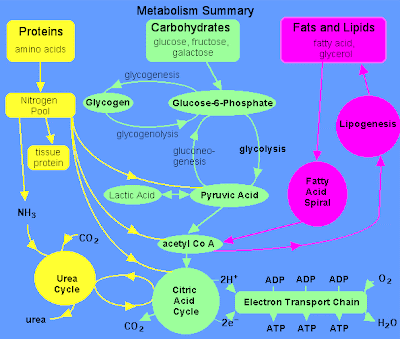The description of systems with feedback developed by cybernetics in the 40s and 50s is not enough when one considers systems that have different logical levels of description such , in general, complex systems, which contain many feedbacked subsystems and have several retroactive stabilization processes at many, such, for example, as metabolism:

The notion of complexity also marks the transition from first to second cybernetics: according to the first cybernetics an objective and external reality exists independent of the observer. In the system approaches according to the second-cybernetic the system, that is the set of elements that are interacting in the observable reality, it is comprehensive, dynamic and consists of two subsystems individual/environment in which the role of the observing subject is fundamental and should be taken into account in describing the global system. In complex systems, such as an animal, person, family or organization, we observe the system under observation and describe it exactly as the system observes and describes us.
Each of the two subsystems evolve according to its own logic and implement their own changes, but it is the other subsystem that determines the conditions that define the transformation that each subsystem implements.
In the second cybernetics subject and object, knower and the known are part of the same system. The individual and the environment are no longer places of property whose identification and description is under the responsibility of the outside observer, but location of mechanisms governed by their own rules, which determine the footage of their reciprocal interactions. The reality, no longer independent of the observer that actively builds it, becomes the personal reality of each individual, and any personal vision of reality comes from a specific relationship between knower and known, which reflects self-specific constraints. The individual thus becomes a cognitive system with its own internal coherence that can filter the reality, and structured through a set of constructs and beliefs that allow them to organize their behavior in response to the environment, according to its own self-constraints. The second cybernetics, seen as meta-cybernetics of the first cybernetics or simple, cybernetics, is characterized by subsequent orders of feedback:
and from the recursion between the orders of feedback and those of calibration which follow the feedback process:
A simple feedback brings the system to calibrate itself to stability. A feedback of feedback leads him into a state of meta-calibration. A further level of feedback brings the system in what is called a stand-alone system, where the relationships and interactions that define it as a whole are determined only by the system itself, or autopoietic system, with a meta-meta-meta-calibration of closed organization.






















No comments:
Post a Comment
Note: Only a member of this blog may post a comment.